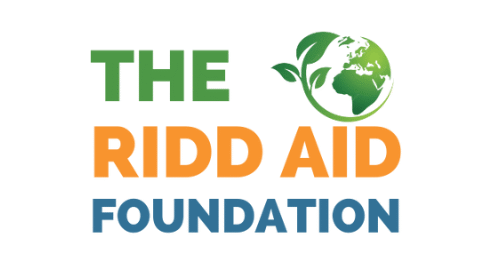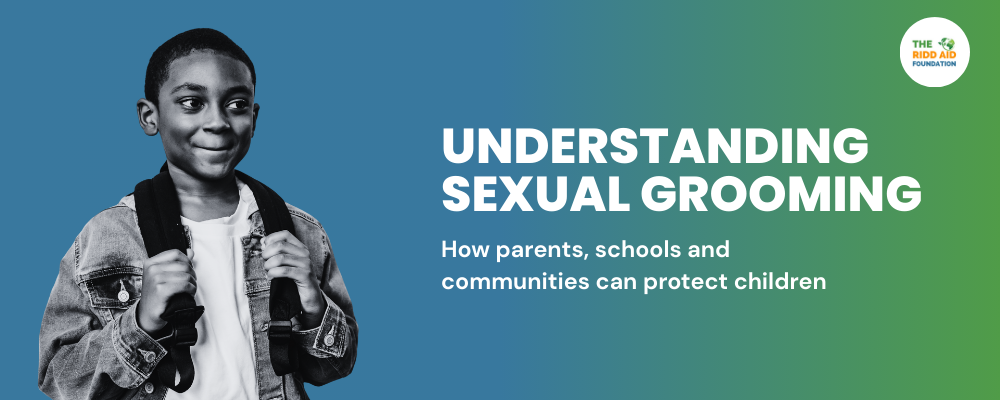Introduction
Sexual grooming is a manipulative process used by perpetrators to gain a child’s trust and create opportunities to sexually exploit them. Grooming can happen in person or online, and, importantly, it is not always carried out by strangers. In Nigeria, where many communities still lack consistent sexual education and child protection services, grooming can go unnoticed until serious harm occurs. This post explains how grooming works, what to watch for, how families and schools can prevent it, and where to report concerns in Nigeria.
Why this matters in Nigeria (the local context)
Violence against children is far from hypothetical in Nigeria. UNICEF reports that six out of every 10 children experience some form of violence, and roughly one in four girls and 10% of boys have experienced sexual violence. Fewer than 5% of children who report violence receive any form of support. These figures make clear that many children live with high levels of risk and limited access to help. unicef.org
At the same time, Nigeria’s digital footprint is expanding: there were over 107 million internet users in early 2025 and millions of social media users, a reality that raises the risk of online grooming alongside offline threats. Youth are highly connected, with a median population age under 20, making digital safety a priority for child protection work. DataReportal – Global Digital Insights
Research on child sexual abuse in Nigeria shows high variability in reported prevalence (driven by underreporting and differences in study methods), but systematic reviews stress that abuse is widespread and under-detected, reinforcing the need for prevention, awareness, and reliable reporting channels. PMC
What is grooming? (plain language)
Grooming is a step-by-step tactic predators use to build trust with a young person (and often the child’s family or community) to lower resistance and create secrecy. It may include:
- Giving gifts, attention, or special privileges
- Isolating the child from peers or family
- Asking confusing or sexual questions gradually
- Encouraging secrecy and testing boundaries
- Moving from online contact to in-person meetings (or vice versa)
Grooming can take days, months, or years, it is not always dramatic, and that’s what makes it difficult to spot. Groomers may be strangers, acquaintances, family members, or people in positions of authority (coaches, teachers, religious leaders). NSPCC Learningmet.police.uk
Common warning signs (what to watch for)
No single behavior proves grooming is happening. But several changes together should prompt a careful, compassionate conversation or closer attention:
- Sudden secrecy about phone or online activity; private profiles or deleted messages.
- Receiving unexplained gifts or money from an adult.
- Excessive time spent alone with a particular adult or older teen.
- Withdrawal from family or long-time friends.
- Changes in mood, sleep, appetite, or school performance.
- Sexualized behavior that is not age-appropriate (in very young children).
- Reluctance to talk about a specific relationship or person. rainn.orglove is respect
If you observe several of these signs, approach the young person gently and without blame. Create a safe moment to listen and make space for them to speak.
Practical steps parents, teachers and community leaders can take
1. Start age-appropriate conversations early
Teaching children the correct names for body parts, boundaries (“your body belongs to you”), and what safe/unsafe touch means helps build understanding long before risk escalates. Use simple, non-scary language and repeat lessons over time.
2. Build digital literacy and online safety habits
Set clear rules for internet use, privacy settings, and friend requests. Teach young people to never share personal or sexual images and how to block and report suspicious accounts. Because Nigeria’s online population is growing quickly, digital safety must be central to any prevention plan. DataReportal – Global Digital Insights
3. Educate adults, not just children
Train teachers, faith leaders, coaches and parents to recognise grooming behaviours and to respond appropriately. Adults often dismiss subtle signs; training helps them act early and confidently.
4. Create and publicise safe reporting channels
Children must be able to report worries to trusted adults or helplines without fear. Organisations and schools should publish clear steps for reporting and follow-up. In Nigeria, there are local child protection resources (for example, Cece Yara Child Advocacy Centre offers a helpline and services), these should be widely shared. Ceceyara Foundationfindahelpline.com
5. Avoid punitive responses that silence victims
When a child discloses abuse, the priority is safety, support and connection to professional services (medical, psychosocial, legal). Punishing or blaming a child can increase secrecy and reduce future disclosure.
How schools and NGOs can design effective programs
- Dual-track sessions: teach children while running parallel workshops for parents and teachers to create consistent messages at home and school.
- Peer education: train older adolescents as peer educators; they often reach teens more effectively.
- Local-language materials: translate key messages into local languages and use stories, drama and role play to make lessons relatable.
- Referral networks: map local health, counselling and protection services before outreach so every report can be followed up.
- Data and evaluation: track changes in knowledge, reporting rates and referrals to measure impact and refine programs. Evidence-based design reduces harm and increases trust.
Ridd Aid Foundation’s community model, combining interactive sessions for young people with caregiver dialogues and local partnerships, reflects these evidence-based practices and has shown strong uptake in pilot outreach activities. PMCunicef.org
Where to get help in Nigeria (quick resources)
- Cece Yara 24-hour child helpline, national child advocacy and helpline services for abuse reporting and referral. Ceceyara Foundationfindahelpline.com
- Local police and child protection units, report immediate danger to local law enforcement; many states have child protection networks.
- UNICEF resources on child protection, guidance and global standards for prevention and response. unicef.org
If a child is in immediate danger, contact local emergency services first.
Final note: prevention is community work
Because grooming often involves manipulation of relationships and trust, effective prevention requires whole-community approaches, parents, teachers, religious leaders, youth workers, and peers all have roles to play. Public awareness campaigns, consistent sexual and digital education, and accessible reporting and support services reduce risk and help survivors heal.
If you work with youth, consider these immediate steps this month: run a short “body boundaries” session at school, publish clear reporting steps at community centres, and share a helpline number on social platforms. Small, consistent actions make it harder for groomers to succeed.


